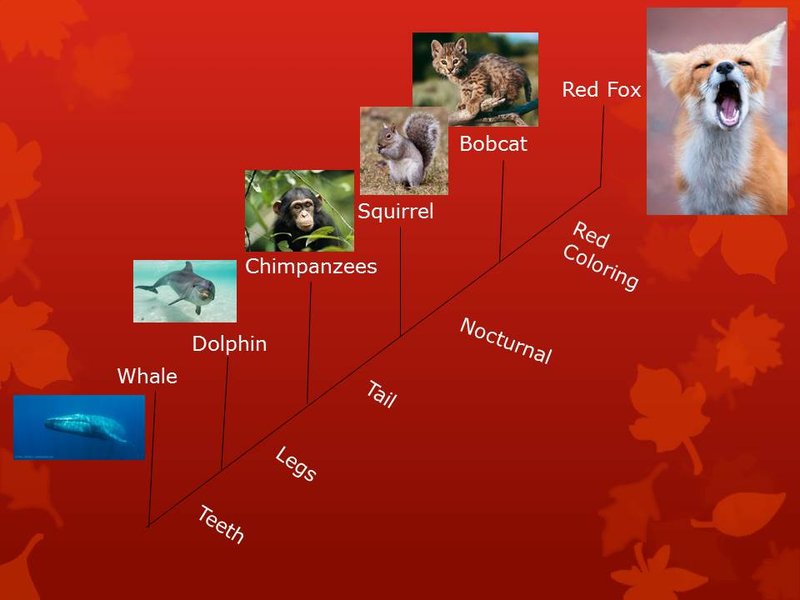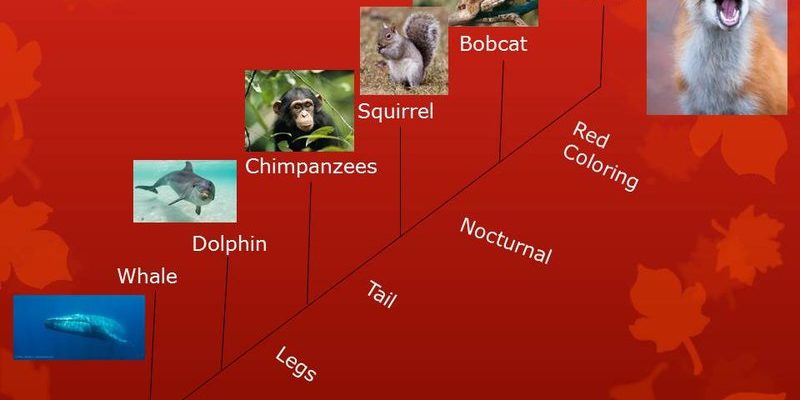
As we sip our coffee and dive deeper, you might be surprised to learn that the red fox (Vulpes vulpes) is a remarkably adaptable species. They thrive in diverse habitats, from forests to urban areas, and their evolutionary story is one of flexibility and resilience. So, let’s explore their journey through time and see how they’ve become one of the most widespread and successful mammals on the planet.
Origins of the Red Fox
The red fox’s journey began around 10 million years ago during the Miocene epoch. This was a time when the world was very different. Forests were dense, and many mammals were adapting to changing climates. The ancestors of the red fox belonged to the family called Canidae, which includes dogs, wolves, and other fox species. The red fox split off from its relatives around this time, starting its unique evolutionary path.
You might wonder how these ancestors adapted to their environment. They developed traits that allowed them to hunt effectively and survive in various conditions. For example, their keen sense of hearing and smell helped them locate prey like small mammals and birds. This adaptability would later prove crucial as they spread across the globe.
Exploring Their Habitat
One of the most interesting aspects of the red fox’s evolution is its ability to thrive in different habitats. Unlike many other species that remain tied to specific environments, red foxes can live in forests, grasslands, mountains, deserts, and even cities! This flexibility is a key factor in their evolutionary success.
When you think about it, it’s a bit like having a toolbox filled with various gadgets. Depending on the situation, the red fox can adapt its hunting tactics and behaviors to fit its surroundings. For example, in urban areas, they have learned to scavenge from trash cans, while in rural areas, they prefer to hunt small animals. This ability to adjust is why you might spot a red fox wandering around a park one day and find it prowling the edges of a forest the next.
Physical Adaptations
The physical characteristics of the red fox are another fascinating aspect of its evolutionary history. With their bright orange-red fur, pointy ears, and bushy tails, they are uniquely designed for survival. Their fur provides camouflage in various terrains, helping them to blend into their surroundings and avoid predators.
Additionally, red foxes have a remarkable set of teeth designed for an omnivorous diet. They can eat fruits, vegetables, and small animals, which gives them a dietary advantage when food sources are scarce. For instance, during winter, if small mammals are hard to find, a red fox might rely more on berries or other vegetation. This adaptability in both habitat and diet is what keeps red foxes thriving despite environmental changes.
Behavioral Adaptations
Beyond their physical traits, behavioral adaptations play a huge role in the red fox’s survival. Foxes are known for their cleverness and ability to learn from their experiences. For example, they use complex vocalizations and body language to communicate with each other. These behaviors help them establish territories, find mates, and raise their young.
You might be curious about their social structure. Red foxes are generally solitary but can be found in family groups when raising kits. The care and teaching young foxes receive from their parents ensure that they grow up knowing how to hunt and navigate their environment. As young foxes learn these crucial skills, they help perpetuate the adaptability that has made this species so successful over time.
Survival Through the Ages
As you look at the red fox’s history, it’s clear that they have faced many challenges. From climate changes to hunting by humans, red foxes have endured. Their ability to adapt has allowed them to survive in environments where other species have struggled. For instance, when humans started to clear forests for agriculture, red foxes learned to exploit new food sources and habitats.
Honesty, their resilience is admirable. The red fox has not only survived but also thrived in urban environments, often seen darting through backyards or rummaging through garbage cans. This ability to coexist with humans shows how adaptive and smart these creatures truly are. They are, in many ways, a symbol of survival in a rapidly changing world.
Impact of Humans on Red Fox Evolution
Humans have significantly shaped the red fox’s evolution, both positively and negatively. On one hand, urbanization has provided new habitats and food sources, allowing the red fox population to flourish in cities. On the other hand, hunting and habitat loss have led to declines in certain areas, impacting local populations.
You might find it interesting that in some cultural contexts, red foxes are often portrayed in folklore and mythology, symbolizing cleverness or cunning. This representation reflects how humans view these animals and their adaptability in the face of challenges. However, it’s crucial to remember that their survival is a balancing act. Managing human-wildlife interactions is key to ensuring that red foxes continue to thrive without causing conflict.
The Future of Red Foxes
Looking ahead, the future of the red fox is intertwined with environmental changes and human impacts. Climate change poses new challenges, affecting their habitats and food sources. For example, shifts in temperature and weather patterns can disrupt the availability of small mammals, forcing foxes to adapt yet again.
Nevertheless, red foxes have proven to be incredibly resilient. Their adaptability gives them a decent chance of survival in the face of future challenges. Conservation efforts, such as preserving natural habitats and managing urban growth, will also play a vital role in ensuring that these clever creatures continue to roam the earth for generations to come.
In conclusion, the evolutionary history of the red fox is a captivating tale of survival, adaptability, and resilience. These creatures have forged a path through millions of years, adjusting to their environments and embodying the beauty of evolution. As we continue to learn about and appreciate these marvelous animals, let’s also consider how our actions impact their future and the ecosystems they inhabit. Together, we can ensure that the red fox remains a vibrant part of our natural world.

